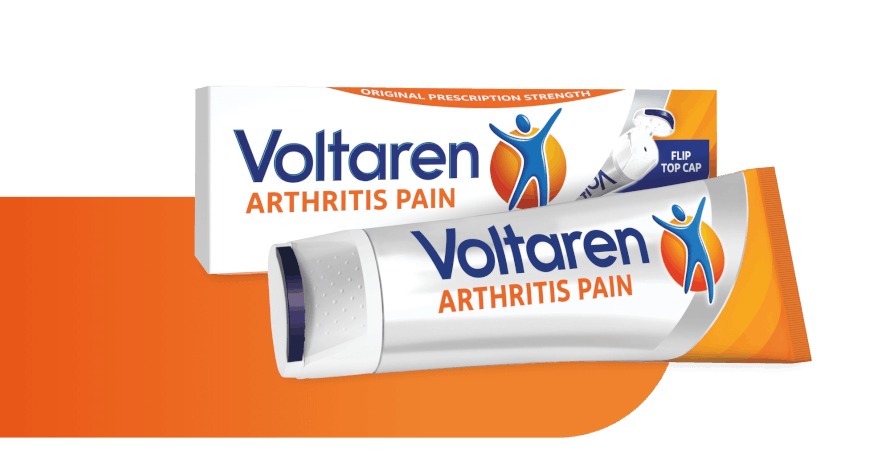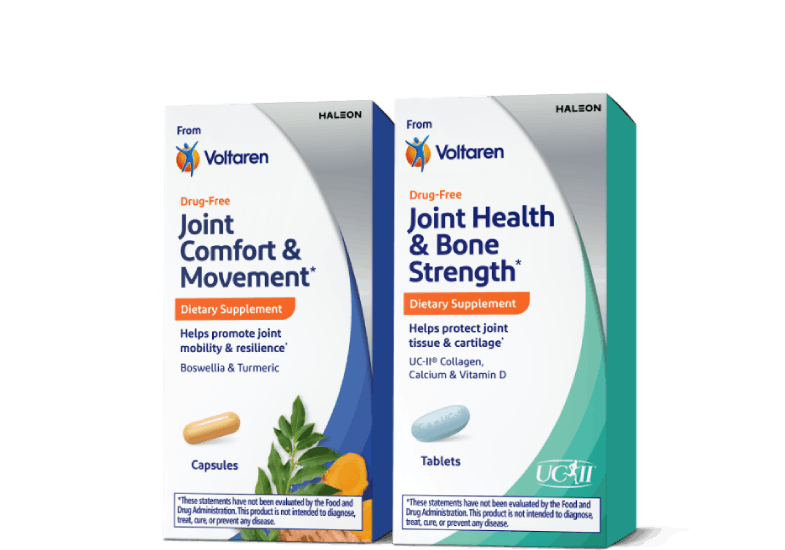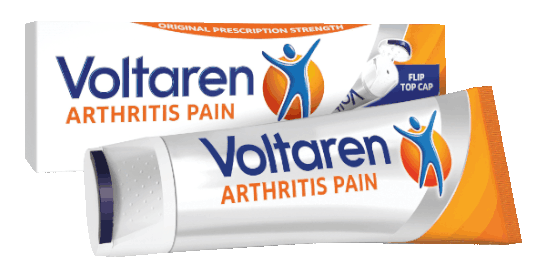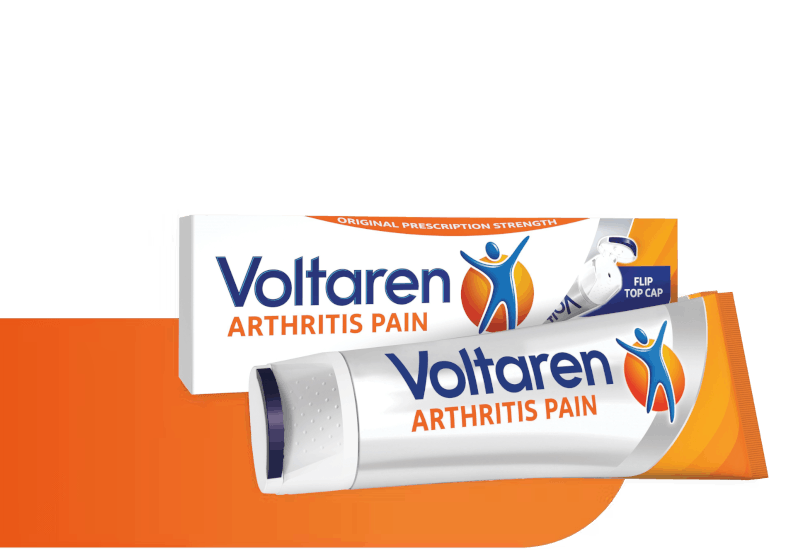Is Bursitis a Form of Arthritis?
/Bursitis-article-image.png?auto=format)
When your joints start hurting, it can be difficult to pinpoint the immediate cause. One option is arthritis, while another is called bursitis. These two conditions sound like they’re related and it’s easy to think that one is a form of the other. Is bursitis just another kind of arthritis or is it its own thing?
What is Bursitis?
Your bones are cushioned by small, fluid-filled sacs called bursae.1 They act as bubble wrap, or gliding surfaces for your body and help protect your muscles, tendons and skin by cushioning them from impact and reducing friction.1,2 The major bursae are located adjacent to the tissues of your body’s large joints: shoulders, hips, knees and elbows.2
When an individual bursa becomes irritated and swells, the condition is known as bursitis.1 The most common causes are:1,2,3
- Repetitive movements and overuse (including sports, gardening, manual labor)
- Putting too much pressure on a joint, such as kneeling
- Infections
- Metabolic conditions like diabetes
While bursitis and arthritis are not the same, having arthritis may result in instances of bursitis. For example:1,2,3
- Bad posture or walking
- Inflammatory issues like gout or some kinds of arthritis, especially psoriatic arthritis
- Stress on soft tissues from abnormally positioned joints or bones
Symptoms of Bursitis
When one or more of the bursae surrounding your joints becomes inflamed, there are a few telltale characteristics to look out for:1,2,3
- Pain when you move the affected joint
- Swelling and redness
- Limited range of motion
- Localized tenderness
If the bursitis is the result of an infection, you may notice other symptoms like a fever, chills, and warmth or discoloration on your skin around the affected area.1
Common Types of Bursitis
The human body is full of movable parts. There are over 150 bursae protecting your joints and ligaments, and bursitis may affect any of them.1 However, you’re most likely to experience it in the joints you use for repetitive motions.1 For example, if you play baseball and you’re working to perfect your fastball, you may develop bursitis in your shoulder, known as subacromial bursitis.1
Elbow bursitis, or olecranon bursitis, is cause by an inflammation of the bursa between the skin and bones of the elbow.1,2 While this may be due to an injury, it is commonly a result of constant pressure on your elbows, especially if you constantly seem to find yourself leaning on hard surfaces.2 This type of inflammation has earned a nickname in the medical community: barfly’s elbow.1
Knees are another area of the body that commonly experience bursitis. If it affects the kneecap, it’s referred to as prepatellar bursitis and is common among those who frequently kneel, like plumbers and gardeners.2 Another kind of knee-based bursitis affects the area on the inside of your knee, where your shinbone and hamstrings are connected by tendons.2 This type may be due to tight muscles, not stretching before exercise, arthritis-based stiffness or poor posture with the knee and lower leg.2
Treating and Diagnosing Bursitis
Your doctor will review your symptoms and medical history while conducting a physical examination.3 It’s up to you to tell your healthcare provider about the repetitive physical activities you regular partake in and whether you noticed this new pain while performing any of them.
If your doctor deems it necessary, there are a few tests which can be used to diagnose bursitis like an X-ray, ultrasound or MRI, or blood test.1 If a doctor suspects that a bursa is infected, they may aspirate it with a needed to make that determination.1 Your doctor may also refer you to an occupational therapist, especially if your bursitis is related to your line of work, to learn how to move your body in new ways that don’t cause additional stress to an inflamed bursa and joint.1
In most cases, bursitis will go away on its own, provided that the irritated bursa is allowed to recover with physical rest.3 In some cases, an anti-inflammatory pain medicine may be recommended, and a splint or brace may be used to limit movement during recovery.2,3 Antibiotics are usually prescribed to treat an infected bursa.1
What’s the Difference Between Bursitis and Arthritis?
While the symptoms – pain and limited range of motion – are similar, bursitis and arthritis are not the same. Arthritis is a condition that’s solely confined to the joints of the body, whether it’s osteoarthritis where the cartilage has worn down or a type of inflammatory arthritis, where the body’s immune system attacks its own joints.4 By contrast, bursitis is only an inflammation of the bursae that help to cushion and protect all of your body’s moving parts, not just the joints.4
Sometimes, you can tell if a pain is related to arthritis or bursitis by where it’s located in your body as well as how it appears.4 Bursitis can occur in any of the nearly 150 bursae, but common flare-up spots include large joints and pressure points. While rheumatoid arthritis can affect large joints as well too, its pain isn’t limited to one area, and may affect multiple areas at once.4 For example, both your knees may hurt simultaneously with rheumatoid arthritis, while only one may hurt with bursitis.
Think of bursitis as more of a sports injury that can pop up suddenly and go away with proper rest and care, while arthritis appears slowly and never stops. If you experience pain in your joint, think about where that pain is localized: inside the joint itself indicates arthritis, in the general area of the hip could indicate bursitis.4
Bursitis does not cause arthritis, and vice versa.4 However, if you have arthritis, you may be more likely to experience a bursitis flare-up.4 Those who have arthritis are forced to change the way they move their bodies in order to avoid pain and discomfort, but this new posturing puts stress on a bursa and leads to additional pain, making it entirely possible to have arthritis and bursitis at the same time.4
If the aches and pains from arthritis are making it difficult for you to get around, try some targeted exercises to keep your body moving. You can also use Voltaren Arthritis Pain Gel to reduce stiffness from arthritis pain and improve mobility so you can experience life to the fullest.
Related Articles

How to Relieve Arthritis Pain
You can take control of symptoms in a few ways: by exercising daily, eating healthy, and using hot or cold packs. Taking these lifestyle tips into consideration can help make life a little easier.
/yoga-for-arthritis-teaser.jpg?auto=format)
Yoga for Arthritis: Poses for Physical Comfort
Learn how yoga can help relieve your osteoarthritis pain with this article from Voltaren. Explore five yoga poses that can help your knees, ankles, feet and more.

Let’s Get You Moving
Join us to find out how Voltaren + music can give you arthritis pain relief, and receive unique arthritis tips designed to get you moving again.
Feel The Joy Of Movement
No matter the day, the hour, or what you’re doing, embrace the joy of movement with the help of specialized products from Voltaren: powerful gel for arthritis pain † or drug-free, dietary supplements for healthy joints.*

For Arthritis Pain Relief

For Healthy Joints*
†Use as directed. Voltaren is approved for treatment of arthritis pain.
Dietary supplements from Voltaren are not intended to treat arthritis pain.
*These statements have not been evaluated by the Food and Drug Administration. These products are not intended to diagnose, treat, cure or prevent any disease.



